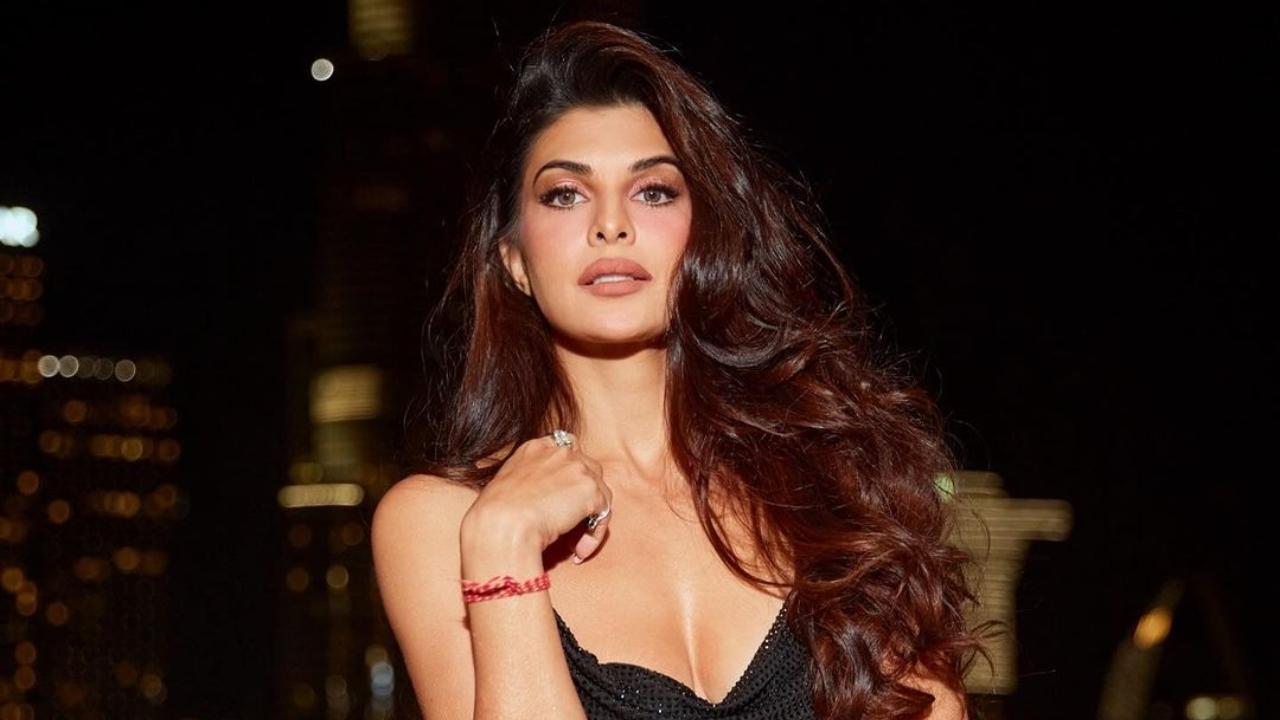
If one undertakes an examination of popular Hindi cinema, it quickly becomes apparent that Dalits and their pressing issues rarely take center stage. Thus, “Vedaa” stands out as a refreshing departure, weaving an action-packed tale around the grave subject of caste atrocities cloaked in the guise of divine justice in India’s rural heartland. The film is punctuated with small yet significant details, such as a striking image of B.R. Ambedkar adjoined to a mirror within a humble home, signifying the universality and deep-rooted significance of the struggle for equality.
The story follows Vedaa Bairwa (Sharvari), a determined Dalit law student who dreams of breaking social barriers by joining the college boxing club. However, the entrenched caste hierarchy rears its ugly head as she is relegated to janitorial duties due to her lower social status. Her fate begins to change when she crosses paths with Abhimanyu (John Abraham), an ex-Army officer grappling with a past personal tragedy. Abhimanyu, having returned to his spouse’s village, serves as a local boxing coach and takes Vedaa under his wing.
Set against the backdrop of a landscape riddled with patriarchy, “Vedaa” brings to the fore politicians who only feign progressiveness as long as it does not disturb the entrenched caste system. Vedaa and Abhimanyu’s battle is soon set against the local caste panchayat head, Jitendra Pratap Singh (Abhishek Banerjee). Jitendra, outwardly politically correct, represents a generation caught between modernity and deep-seated tradition. His father, played with a ferocious conviction by Ashish Vidyarthi, embodies archaic beliefs, further complicated by a younger brother who is little more than a hooligan enforcing the status quo. The situation spirals out of control when Vedaa’s brother is found in a relationship with an upper-caste girl, igniting Jitendra’s ire and sparking a cascade of violence.
Director Nikkhil Advani, known for his romantic ventures, strikes a somber note in “Vedaa,” meticulously crafting a heartless world filled with brooding atmospheres.
. The intense narrative centers on the constitutional rights of Dalits, posing a stark contrast to typical action cinema, which often glorifies mindless violence without deeper sociopolitical commentary. Vedaa, who aspires to fight her battles legally, often clashes ideologically with Abhimanyu, whose military background influences his approach to conflict. The unfolding of her journey is anticipated to be the narrative crux.
Nikkhil, however, appears tentative in fully committing to a realistic portrayal within a John Abraham action movie framework. The challenge lies in balancing cerebral content with the explosive action sequences that audiences expect from films starring John Abraham, often likened to Hollywood’s “The Transporter.” The resulting script oscillates between meaningful discourse on equality and high-octane action, with sections where internal logic falters, making the plot feel more like a video game algorithm than a coherent storyline.
Billed as based on real-life incidents, the screenplay by Aseem Arora, nonetheless, embraces quintessential Bollywood elements. The performances are compelling; John Abraham excels at portraying silent intensity, fitting perfectly into the role of Abhimanyu—a character described in the film as someone who “stares a lot.” Sharvari delivers a performance marked by steady improvement, though audiences might hope for more physicality to wholly embody her boxing ambitions. The action choreography stands out, yet there is a perpetual sense of awaiting a more significant conflict resolution, a shift in John’s character from reactive measures to proactive social change.
Ultimately, the film struggles to seamlessly blend socially pertinent themes with the commercial viability of traditional Bollywood fare. The creators appear cautious, ensuring that Abhimanyu does not eclipse Vedaa as the narrative’s core, hinting at the delicate balancing act of male and female protagonist dynamics. This ambivalence might have been further exacerbated during scrutiny by the Censor Board. Nikkhil and John, occupying an intermediary generational ethos, navigate the tricky waters of adhering to commercial requisites while attempting to avoid politically incorrect missteps.
Available now in theatres, “Vedaa” invites viewers to reflect on its ambition to shed light on indelible issues through the lens of mass entertainment, though it occasionally stumbles under the weight of its dual commitments.










